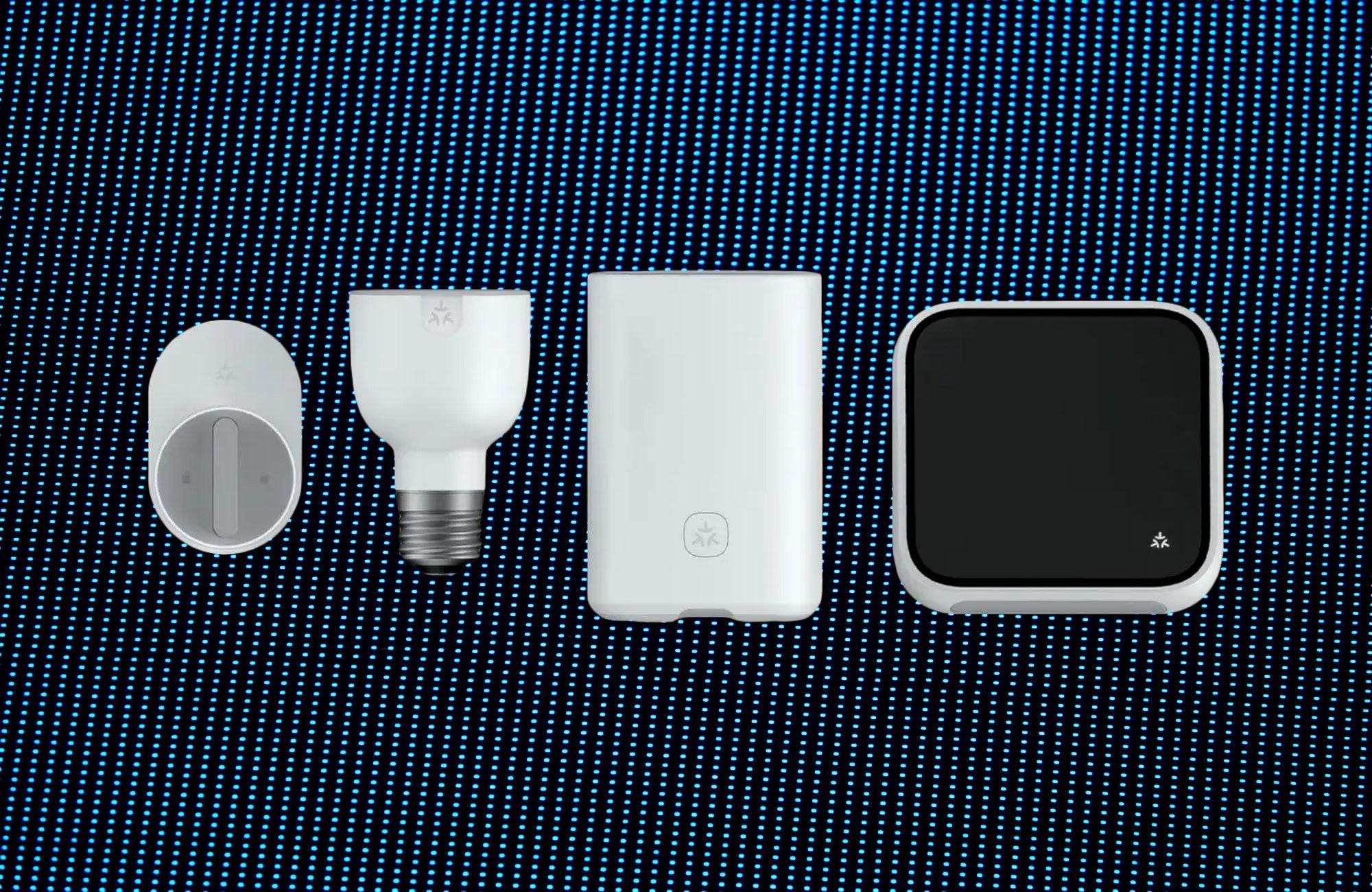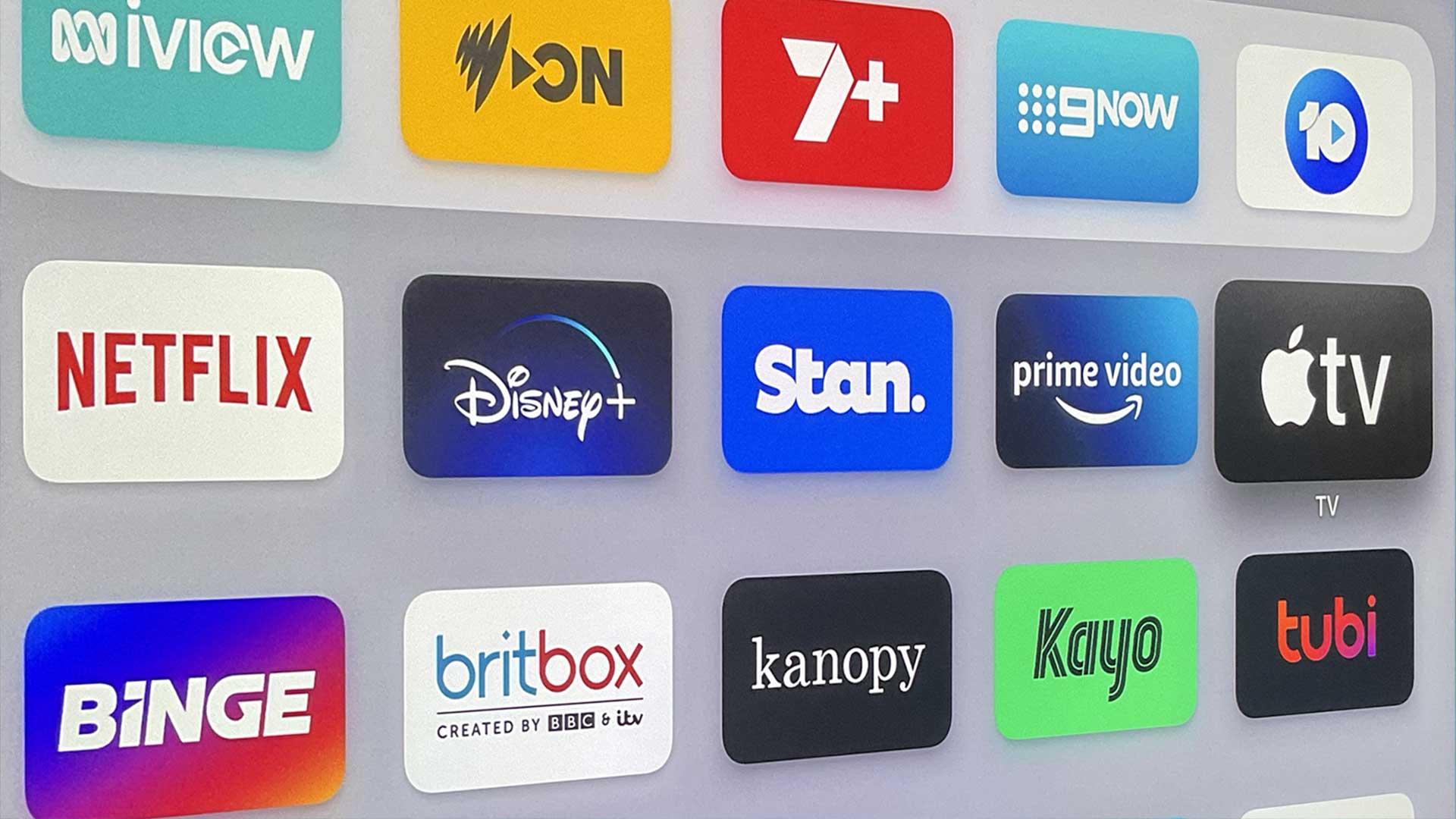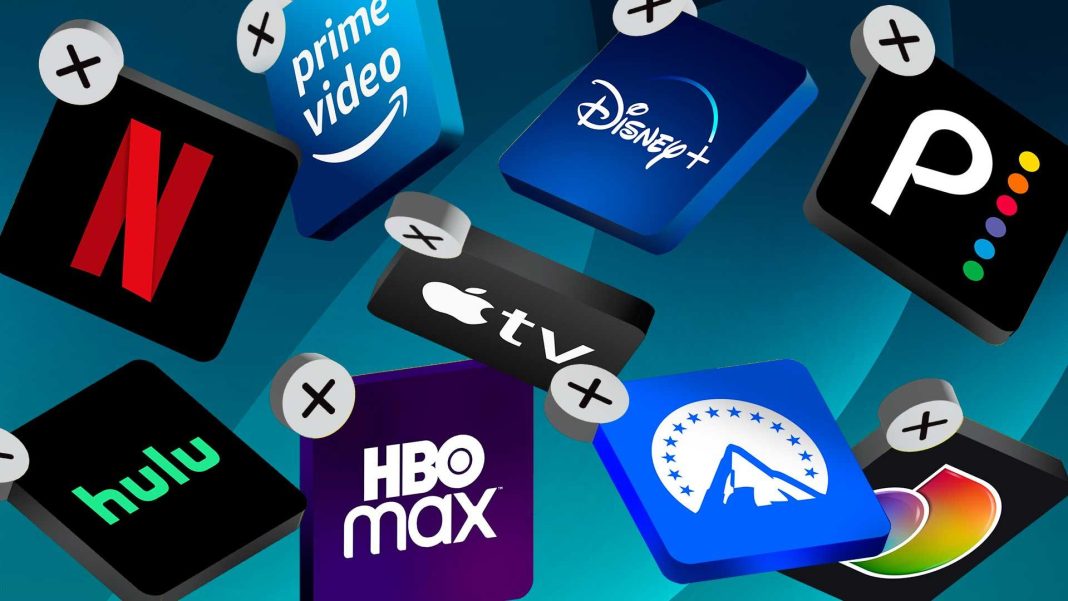In the rapidly evolving landscape of digital entertainment, streaming platforms have become a ubiquitous source of content for audiences worldwide. As technology advances, these platforms continuously enhance their features to provide users with a seamless and immersive viewing experience. However, a question arises: are these improvements primarily tailored to high-end devices, potentially sidelining users with more modest hardware? This article explores the optimization strategies employed by streaming services, examining whether they cater exclusively to high-performance devices or if they maintain inclusivity for a broader range of technology. By analyzing current trends and technical requirements, we aim to provide a comprehensive understanding of how streaming platforms accommodate diverse user needs and the implications for consumers across the device spectrum.
Understanding Device Compatibility in Streaming Platforms
When it comes to streaming platforms, device compatibility is a crucial factor that determines the user experience. While high-end devices are often at the forefront of discussions around optimization, streaming services have taken significant strides to ensure accessibility across a wide range of devices. This inclusivity involves not only the latest smartphones and smart TVs but also older models and budget-friendly options. The goal is to provide a seamless experience regardless of the device, without compromising on the quality of the stream.
- Adaptive Streaming: Many platforms utilize adaptive bitrate streaming, which adjusts the quality of the video stream in real-time based on the viewer’s internet connection and device capabilities.
- Cross-Platform Support: Major streaming services often develop apps that are compatible with various operating systems, including Android, iOS, Windows, and more.
- Customizable Settings: Users can often adjust settings such as resolution and data usage, allowing for optimization based on personal device specifications.
- Browser Compatibility: Streaming platforms ensure that their services are accessible via web browsers, which is crucial for users on older or less powerful devices.
These strategies highlight a commitment to inclusivity, ensuring that users with a wide range of devices can enjoy streaming content without needing to invest in the latest technology. This approach not only widens the audience base but also reinforces user loyalty by providing flexibility and convenience.

Assessing the Performance of Streaming Services on High-End Devices
When evaluating the efficiency of streaming platforms on high-end devices, it’s crucial to examine several key performance indicators. Video quality is often the first aspect that users notice, as high-end devices are capable of supporting 4K or even 8K resolutions. However, not all streaming services are fully optimized to deliver such high-quality content consistently. Factors such as bandwidth requirements and content availability play a significant role in determining whether users can fully leverage their devices’ capabilities.
Another important consideration is the user interface. High-end devices often come with advanced features such as touch controls or voice commands, which require platforms to provide seamless integration. Many streaming services have invested in developing apps that are compatible with these technologies, but discrepancies in user experience and response time can still occur. Additionally, buffering issues and loading times are critical metrics to assess, as these can significantly impact the viewing experience. By focusing on these elements, users can better understand how well streaming platforms are adapted to maximize the potential of their high-end devices.
- Ensure your device settings are optimized for streaming.
- Check if your internet connection can support high-resolution streaming.
- Explore platform-specific features that enhance viewing on high-end devices.
- Be aware of any potential software updates that might improve performance.
Optimizing Streaming Quality for a Range of Devices
Streaming platforms are constantly evolving to deliver the best possible experience across a wide array of devices. Whether you’re watching on a high-end smart TV, a mid-range tablet, or a budget smartphone, optimizing streaming quality is crucial for user satisfaction. Here are some strategies platforms employ to achieve this:
- Adaptive Bitrate Streaming (ABR): This technology adjusts the quality of the video stream in real-time based on the user’s internet connection speed and device capabilities. This ensures that viewers receive the best possible quality without buffering interruptions.
- Device-Specific Encoding: By using different encoding settings tailored to specific device profiles, platforms can ensure that videos play smoothly on both high-end and low-end devices. This approach maximizes performance by leveraging each device’s unique capabilities.
- Scalable Video Coding (SVC): This technique allows the video stream to be layered, enabling devices to only process the layers they can handle. This means lower-end devices can display lower quality streams without affecting the overall viewing experience.
- Efficient Codec Utilization: Employing modern codecs like H.265 or AV1 helps in reducing bandwidth requirements while maintaining high video quality. These codecs are especially beneficial for streaming on devices with limited processing power.
By implementing these techniques, streaming platforms strive to provide a seamless viewing experience across a diverse range of devices, ensuring that everyone, regardless of their hardware, can enjoy high-quality content.

Recommendations for Enhancing Streaming Experiences Across Devices
To ensure a seamless streaming experience across various devices, it’s essential to implement a few strategic adjustments. Begin by examining your internet connection; a stable and fast connection is paramount. Utilize a wired connection if possible, as it often provides more consistent speeds compared to Wi-Fi. If Wi-Fi is your only option, position your router centrally and consider upgrading to a mesh network to eliminate dead zones.
- Adjust Streaming Quality: Most platforms allow you to modify the streaming quality. Lowering the resolution on smaller screens can reduce buffering without significantly affecting visual clarity.
- Update Software Regularly: Keeping your streaming apps and devices up-to-date ensures that you benefit from the latest performance enhancements and security patches.
- Use Compatible Devices: Ensure your devices support the latest streaming codecs and formats. Devices with older hardware might struggle with high-definition content.
- Manage Background Applications: Close unnecessary apps running in the background on your device to free up resources for smoother streaming.
By integrating these practices, users can optimize their streaming experience, ensuring enjoyment whether they’re on a high-end device or a more modest setup.







































